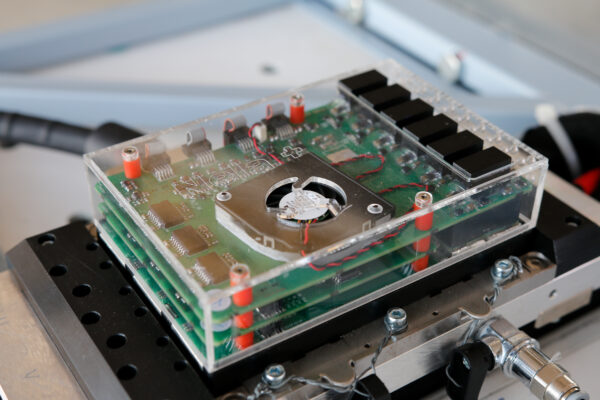Orchestrate your technical program with MBSE

Gone are the days of resting on your laurels for building a plane that flies or even one that can fly non-stop for hours on end. The competition in the aerospace industry pushes companies to both create more complex craft to meet new requirements in weight, control systems and more and to make these innovations faster and cheaper than ever before. With complexity being directly at odd with efficiency, it can be difficult to chart a path to success. Model-based systems engineering (MBSE) is that path to integrating complex products faster than the competition.
The complexity of aircraft is developing on multiple fronts – new wing architectures are emerging to reduce fuel consumption, more control systems are being taken over by electronic systems and a growing number of companies are looking to diversify propulsion systems of their aircraft to include hydrogen fuel or battery storage for electric engines. All of these systems require vast engineering time to make them work, let alone make them viable, but they are not independent systems, and each has an effect on and is affected by the complete aircraft.

Integrated development extends beyond the physical systems as well, modern aircraft programs are run on a global scale with partners and suppliers working around the world to deliver the right plane for the application. This brings its own set of challenges – how do you ensure everyone is working off of the most up-to-date plans and requirements? Will suppliers have enough insight into the design to deliver their systems without providing the entire design? Identifying these lines of communication enables accurate design transfer and integration into the greater system with MBSE.
And this real-time cooperation cannot be a single step in design, no company submits a perfect design on the first go, there are constant revisions, updates and redesigns to produce the best balance of requirements. The constant connection to a single source of truth also limits late stage changes that could cost hundreds of times more than catching it earlier, due to lost labor time, material usage and even costs of delaying the project which can burn millions of dollars in development costs.
An MBSE strategy fights these resource sinks in a variety of ways depending on how a project is structured, but in general there are three main reasons for implementing a successful MBSE workflow. The first is an open and interoperable management architecture which enables efficient integration of product interfaces, the software needs to control the wing surfaces and the electrical system delivers the signals. Every change, revision and update is traceable to understand how it operates in its designated role but also how the change impacts the complete system – if a certain signal pattern induces electromagnetic interference it is important to know how the phenomena arose. And lastly the system needs to be qualified before riveting a single panel to ensure the final product meets the requirements set out in the beginning of development.
Model-based systems engineering is crucial to orchestrating the highly complex technical programs of today, let alone tomorrow’s. Aircraft need development continuity from the cocktail napkin sketch through the lifecycle of the craft and it has to retain it while accelerating development times of tomorrow’s aircraft whether they are electric, autonomous or forgo the traditional fuselage and wing architecture of today. For more information on how to orchestrate your technical program with MBSE, check out this brief on the topic.
Siemens Digital Industries Software is driving transformation to enable a digital enterprise where engineering, manufacturing and electronics design meet tomorrow.
Xcelerator, the comprehensive and integrated portfolio of software and services from Siemens Digital Industries Software, helps companies of all sizes create and leverage a comprehensive digital twin that provides organizations with new insights, opportunities and levels of automation to drive innovation.
For more information on Siemens Digital Industries Software products and services, visit siemens.com/software or follow us on LinkedIn, Twitter, Facebook and Instagram.
Siemens Digital Industries Software – Where today meets tomorrow


